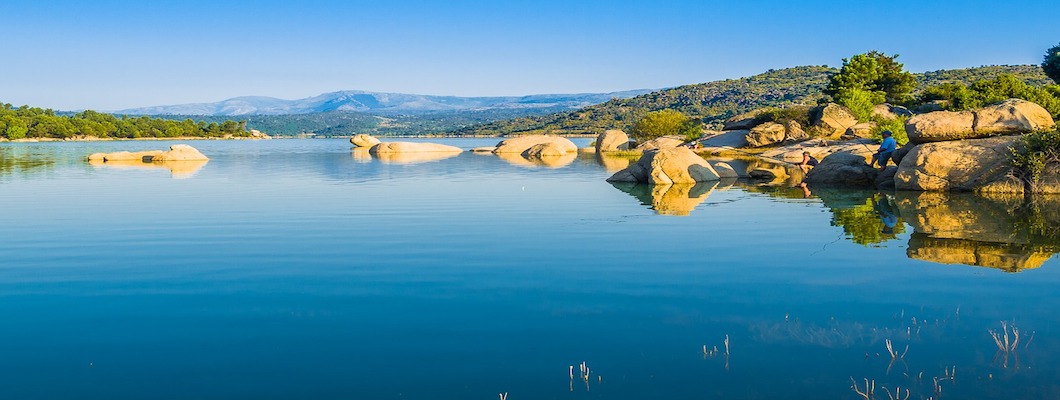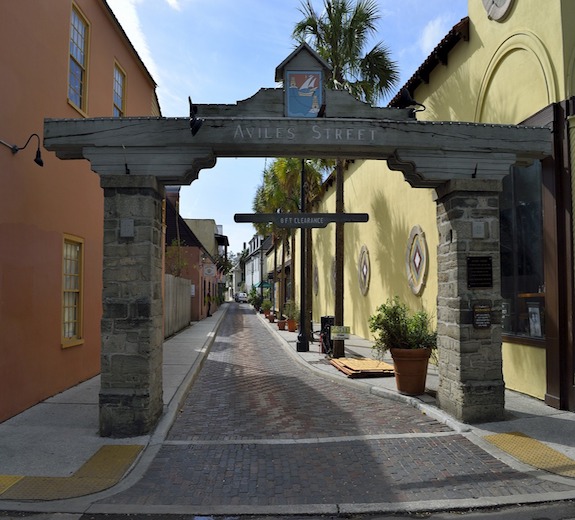Avila – An enthralling City in Spain
 Avila is said to be located right in the heart of the Iberian Peninsula and is known as the highest provincial capital in Spain. The beautiful province is built atop a rocky and high hill, towards the south of Castile-Leon.
Avila is said to be located right in the heart of the Iberian Peninsula and is known as the highest provincial capital in Spain. The beautiful province is built atop a rocky and high hill, towards the south of Castile-Leon.
Famous as the headquarters of Grand Inquisition, birthplace of St. Teresa and beautifully preserved medieval walls because of which the city has been listed on UNESCO’s World Heritage site list. For these reasons along with other attractions make Avila an enthralling city. The best part about Avila remains the fact that it is still not the city that remains overrun with tourists, which is why it is a wonderful place to spend holidays.
Cathedral of Avila
The cathedral of Avila is considered to be the first Gothic cathedral that Spain had. This imposing edifies is one of the best sides in Avila and studies suggest that it was built around 1091 over the foundation of the Church that was destroyed by Muslim invaders. This cathedral was used as a defensive structure with its apse posing as one of the barricades in the city walls.
Nonetheless, it was also a place of worship. The design is quite similar to French religious architecture during the medieval era. The cathedral remains closed during holy week but otherwise it is open all through the year.
The Medieval City Walls of Avila
The defensive walls of the province happened to be the most imposing and emblematic historic documents that city has. The medieval city walls were built during 11th century by the Alfonso VI after he conquered the city in the year 1090. The walls are said to be about 2 miles long with height of 45 feet. About 100 towers, three openings in nine gates are also constructed in the walls.
These walls surround the Avila old city and during the reign of medieval kings, these walls used to be a display of power. These walls happen to be the most admired Bill monuments that province has and therefore they are great visitor attraction.
Real Monasterio de San Tomas
Established in 1482 by utilizing the funds provided by Isabella and Ferdinand, the queen and the gains Spain during that period, the Real Monasterio de San Tomas is a monastery. The monastery also served as in headquarters for Friar Tomas de Torquemada who was not just the adviser to Spain’s king but also to the first Grand Inquisitor to Spain.
The monastery is known to have has three cloisters named Noviciado (Noviciate), Silencio (Silence) and Reyes(Kings). The third cloister is currently housing in the Oriental Arts Museum.
Photo Credit: Pixabay
